How electricity was brought to Wray and Hornby – but not by ambitious scheme from Captain Foster at village castle
and live on Freeview channel 276
The first power station was built and operated by Lancaster Corporation.
The second power station was built during World War One, near the Lune Aqueduct, to provide electric power to a nearby munitions factory.
Advertisement
Hide AdAdvertisement
Hide AdAfter the war, when the factory closed, the Lancaster Corporation purchased the second power station to provide electric power throughout the area.
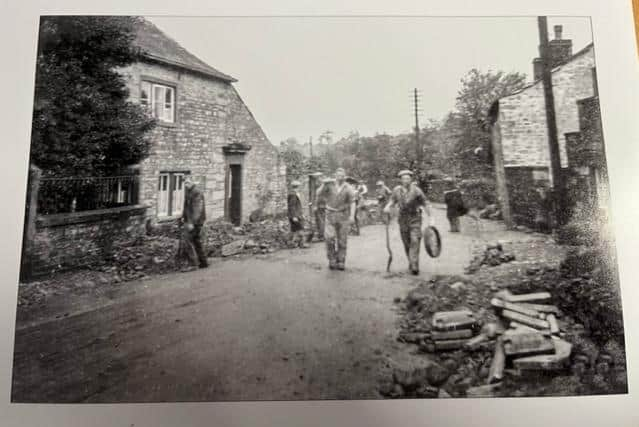

Unfortunately, this did not extend to the Lune Valley villages of Hornby and Wray.
This was likely due to the high cost of laying the cables.
This setback did not deter Captain W. Foster, the cousin of Mr Cyril Foster of Hornby Castle.
He offered to install the necessary equipment in order to supply Hornby and Wray with electricity.
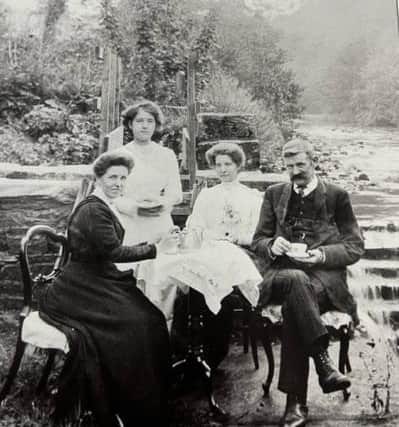

The matter was discussed at a Wray public meeting in 1923.
Advertisement
Hide AdAdvertisement
Hide AdRecords detail the following account: 'Mr Baldwin Bent took the position of chairman. The proposed scheme is to make use of water power from the River Roeburn, supplemented by a semi-diesel engine on standby.
‘This was explained by Mr Bateson, who answered a number of questions, chiefly relating to the cost of wiring, the cost of lamps, and the power of the current.
‘The village gave thanks to Captain W. Foster for his kindness in offering to supply the village with electricity.
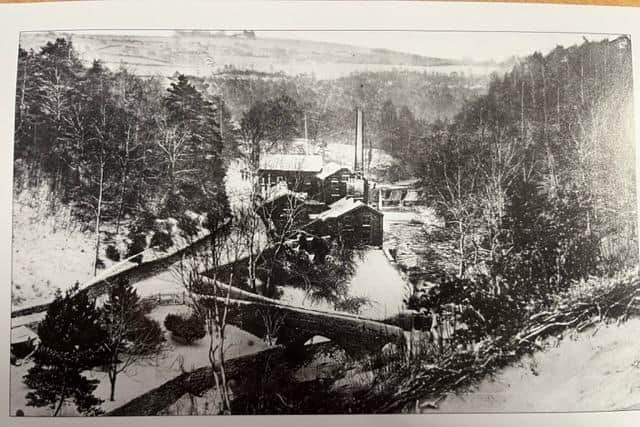

‘If sufficient people will take up the scheme, to assure a moderate return on his outlay, the village hopes it may be possible to accept his kind offer.'
Advertisement
Hide AdAdvertisement
Hide AdThe project began in 1924. It was designed by Mr W.H. Inman of North Road, Lancaster.
It made use of the River Roeburn, at the old silk mill in Wray, to generate the electric current.
Overland cables then transmitted the electricity to a small power station in Hornby Castle grounds.
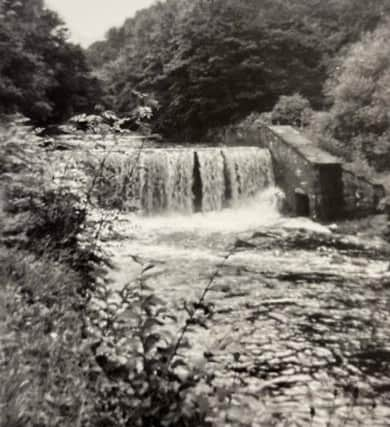

Up until around 1921, the old silk mill in Wray has been used as a bobbin mill.
By 1924, it had fallen into disrepair.
Advertisement
Hide AdAdvertisement
Hide AdCaptain W. Foster's scheme entailed dismantling the old iron water wheel, from which 30 tons of scrap iron was taken, and the formation of a turbine house.
The turbine, which was 30 horse power, was fed from a cement tank filled from the mill race.
The turbine was the latest model and was connected to a 20kw compound-wound direct current generator, capable of giving an output of 20kws at 500 volts.
When tested, the actual output obtained was 31.8 horse power.
Advertisement
Hide AdAdvertisement
Hide Ad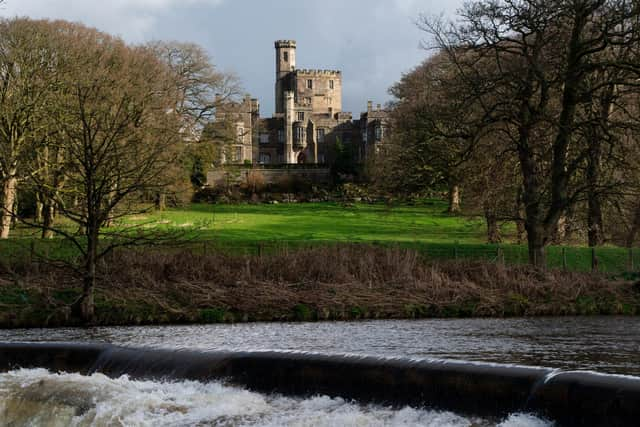

The whole Wray plant was easily managed by a single worker - the local forester. He also ran a 10 horse power electric motor saw mill on the same site.
The transmission cables extended 2,700 yards from Wray mill to Hornby Castle out-buildings.
From the terminal pole, the current was carried to the power station at the estate workshops, where a generator charged the batteries for the lighting supply of the castle and other buildings.
One section of the cable went directly to the castle to feed the distribution boards. The supply was also taken to immersed heaters which were placed in the domestic hot water supply system. The castle laundry was also electrically equipped.
Advertisement
Hide AdAdvertisement
Hide AdDespite the successful supply of electricity to Hornby Castle, the villages of Wray and Hornby did not obtain the electricity supply promised by Captain W Foster.
Residents had to wait until the coming of mains electricity supply from Lancaster in 1934.
With the coming of mains electricity, the silk mill system was abandoned.
In January 1935, the Lancaster Guardian published details of the completion of the Lancaster borough engineers rural electrification scheme: '“This marks the limit of our scheme in this district and in fact it represents the end of the schemes which we are at present engaged in”, said Major G.C. Miles, borough electrical engineer.
Advertisement
Hide AdAdvertisement
Hide AdThe borough engineer also stated that they were offering, wherever a house was situated, whether it was in the middle of a village or half a mile or more away, if a house
was properly wired and a cooker was installed, they were prepared to take a supply right into the house without any charge whatsoever.
This was a very generous offer but during the last three weeks, they had had some rather sad news.
Lancaster Borough Council had carried through the present scheme entirely underground at an extra cost of £15,000 and they did not regret it.
Advertisement
Hide AdAdvertisement
Hide AdWhether they would be able to continue the scheme underground, they did not know. For in January, their standard cable had cost £25 per 100 yards.
Next month, the price was going up in one fell swoop by 43 shillings. This would have raised the cost to £103,000, making the scheme unviable, or at least have been carried out on the overhead system.
This article shows just how fortunate the Lune Valley villages were to have had their electric cables put underground, a much more tidy and reliable system than overhead wires.
The farms and houses in the dales and fells of the Lune Valley did not receive an electricity supply until the early 1950s.
This was taken to the dwellings by overhead cables.
Advertisement
Hide AdAdvertisement
Hide AdAs a child, I remember it being quite wonderful to not have to use oil lamps and candles and to have light at the flick of a switch.
The old Wray silk mill was sold for development in 1979 and converted into dwellings.
The builder found the 30 horse power turbine still in its pit.
It was considered at the time whether it was worth taking the turbine out for its historical value.
Eventually, it was decided to leave the turbine to be discovered again by future generations and Captain W. Fosters turbine was buried.